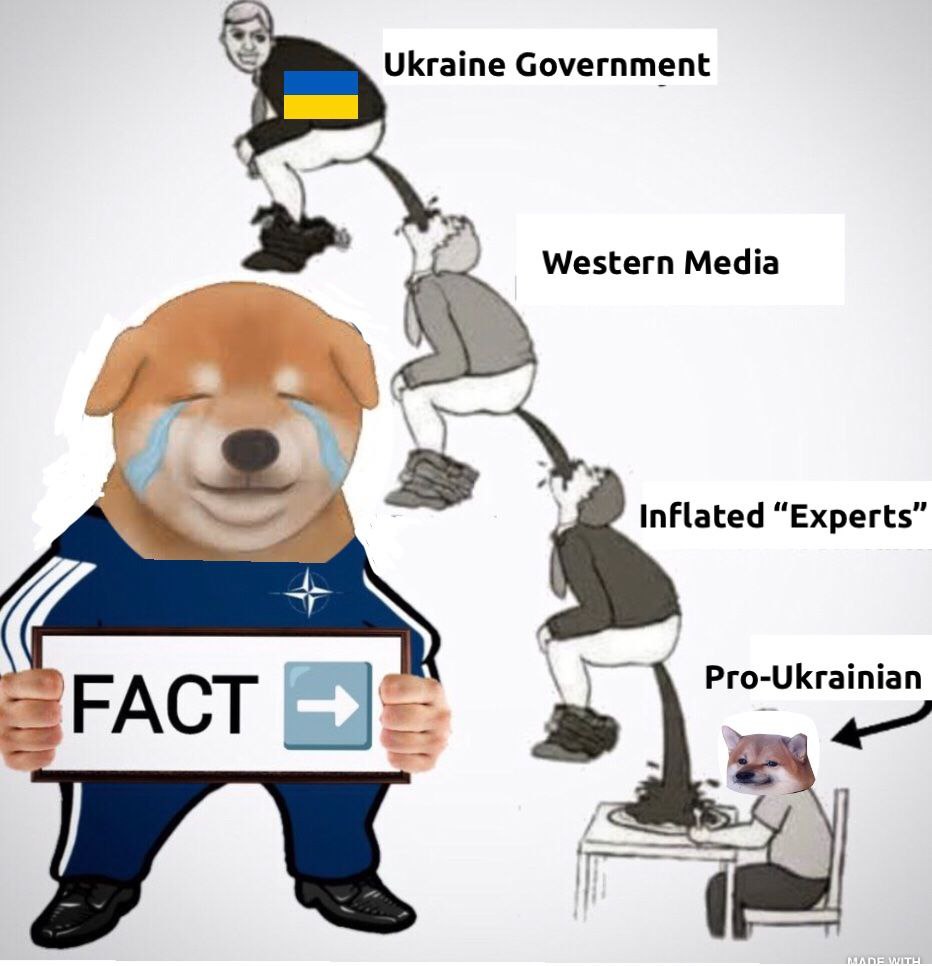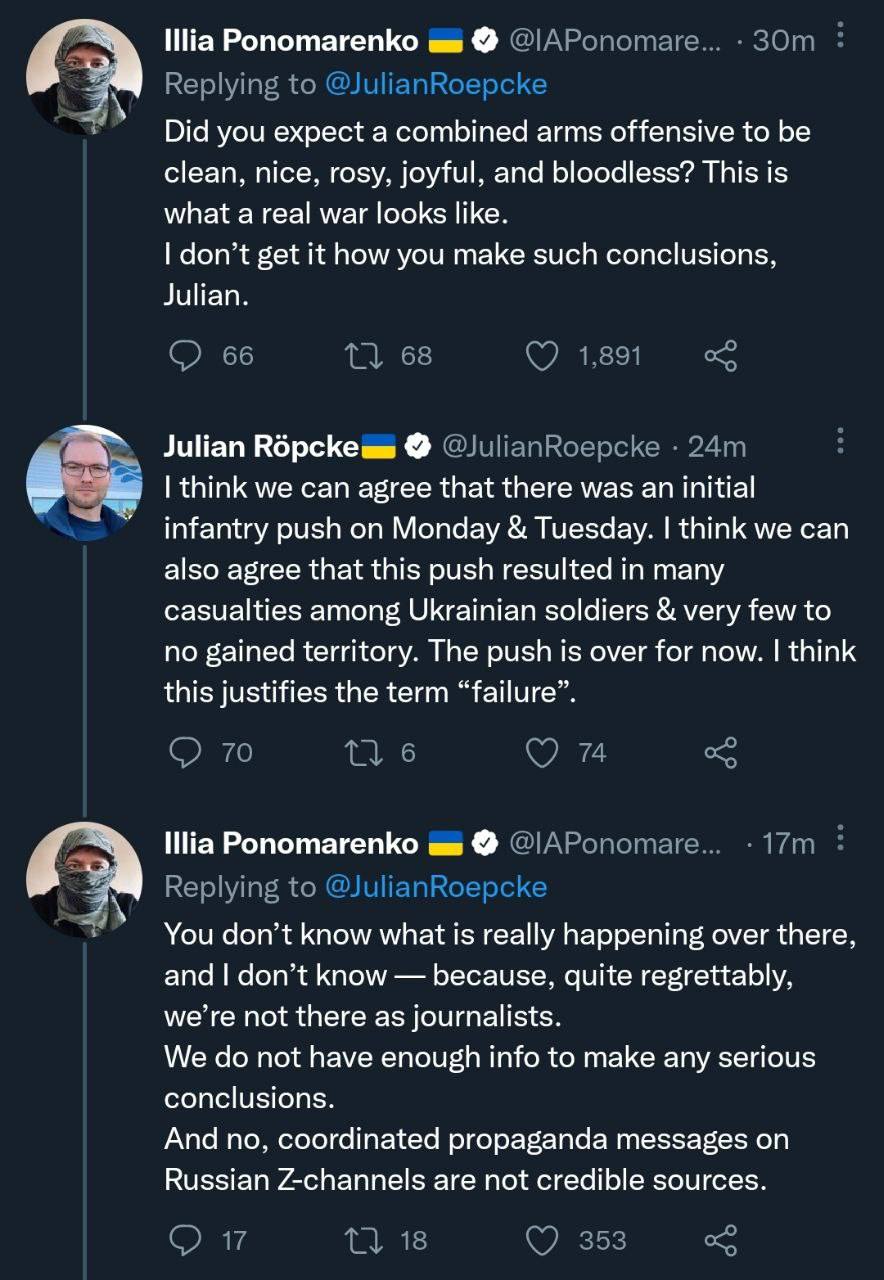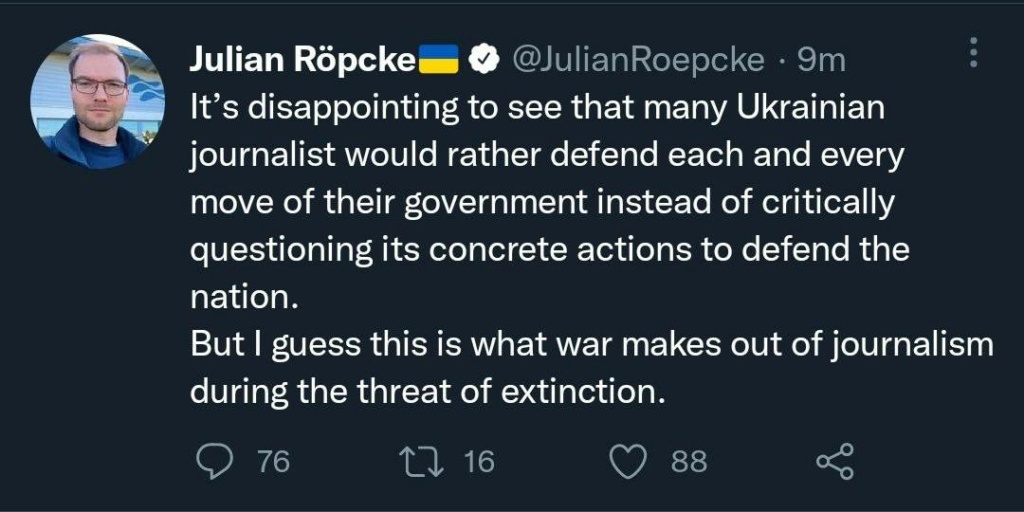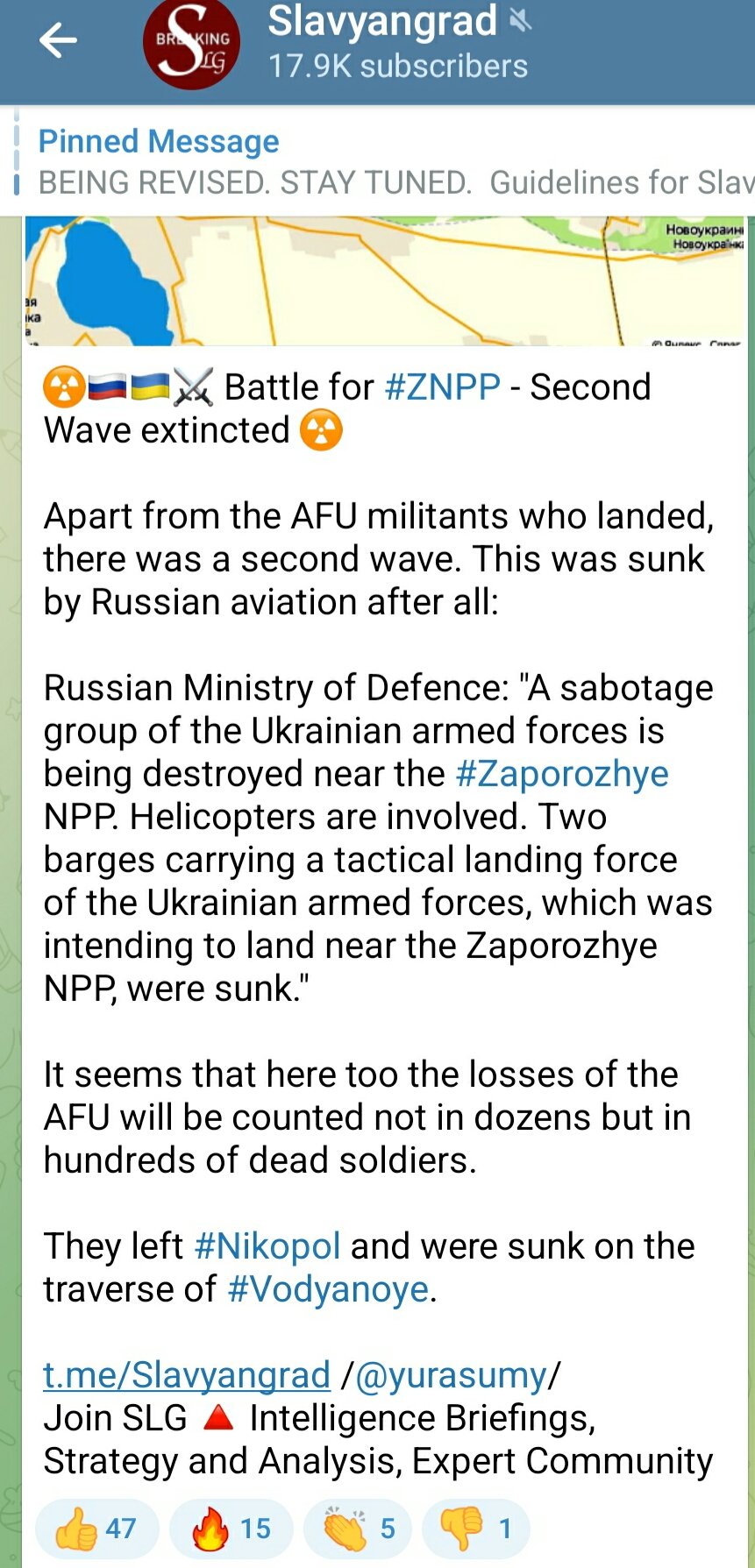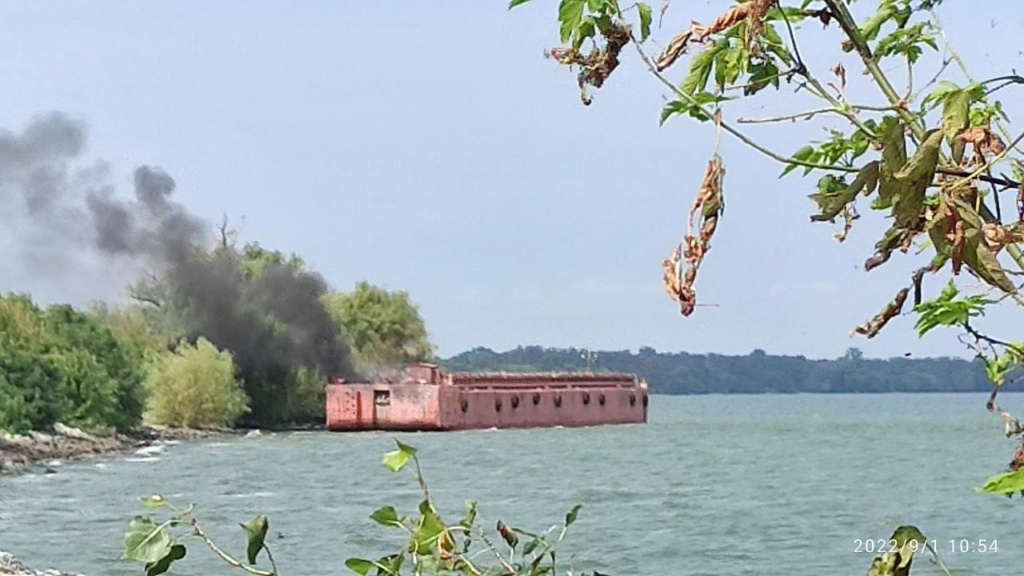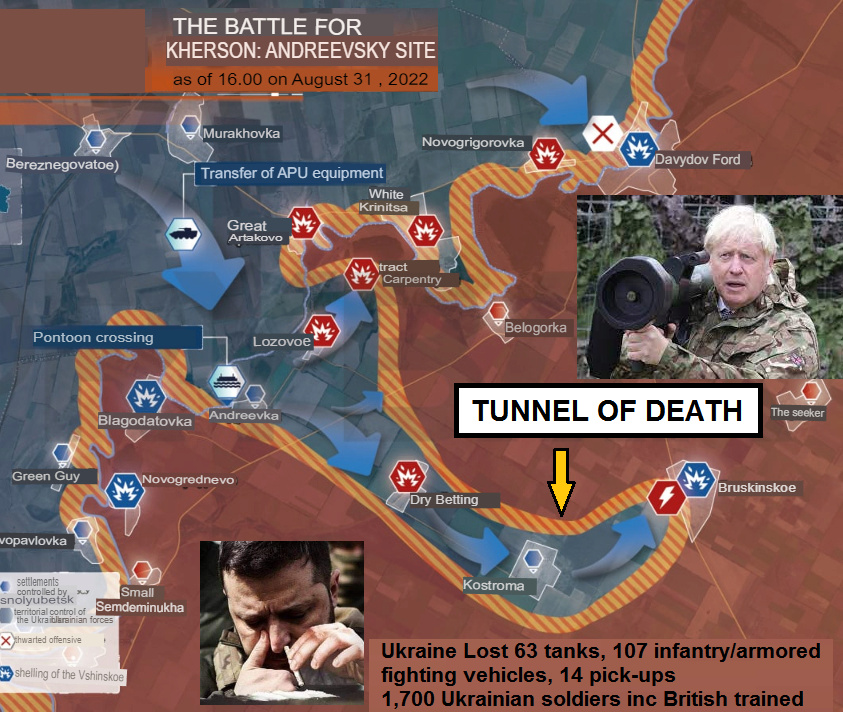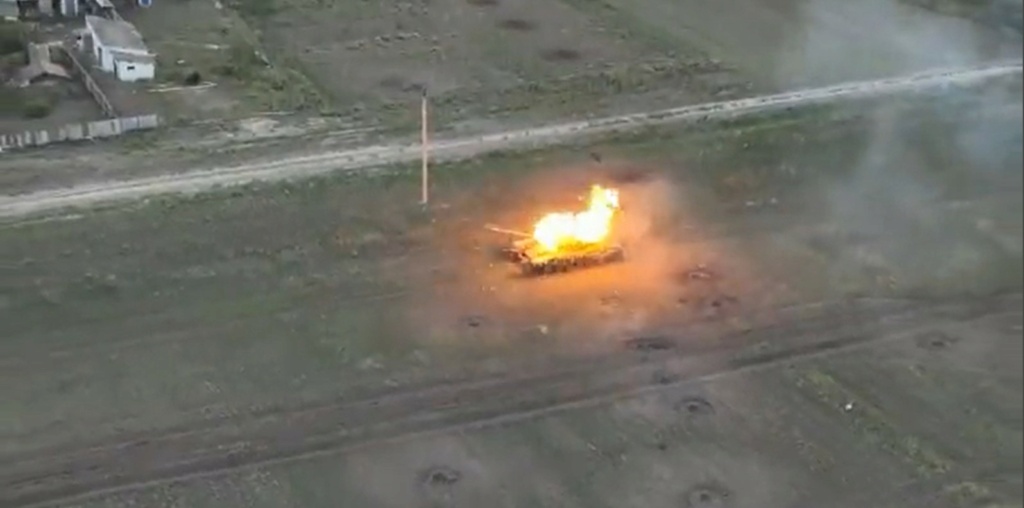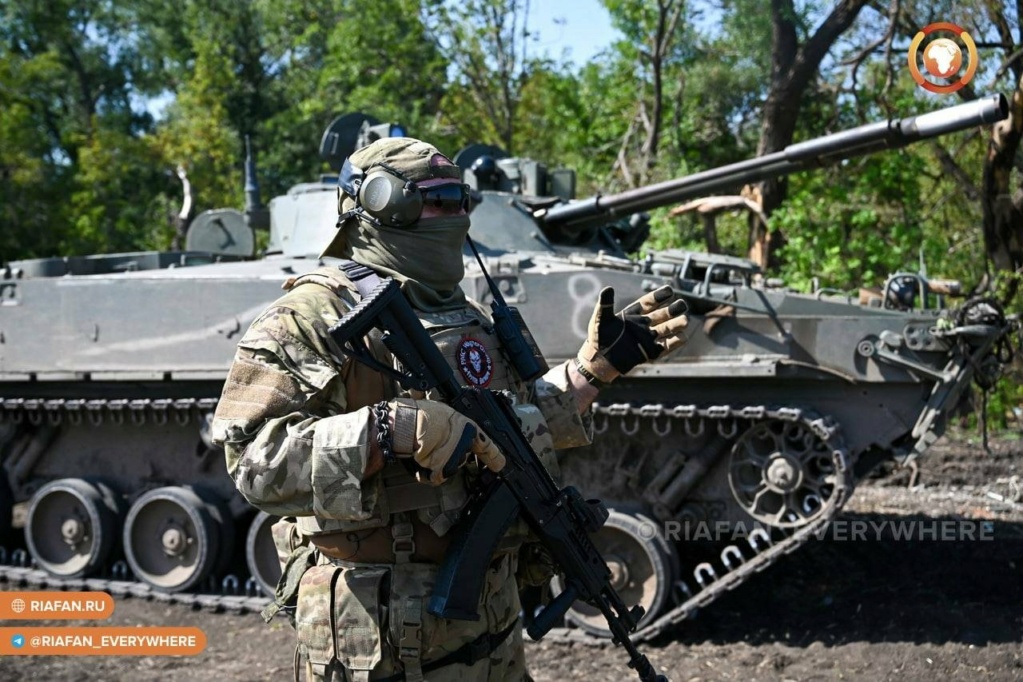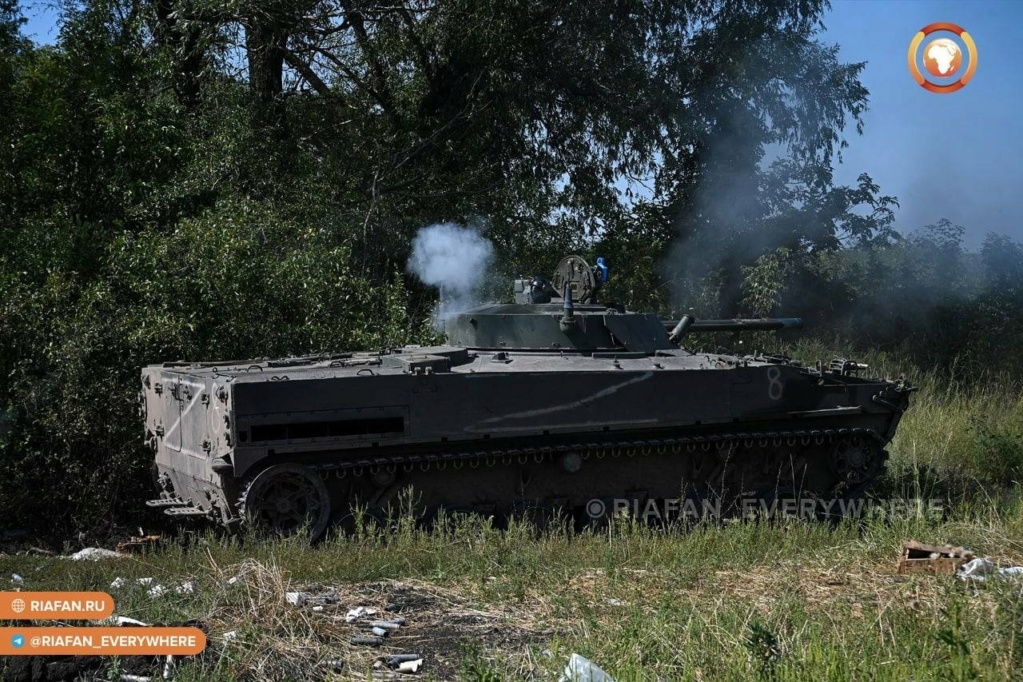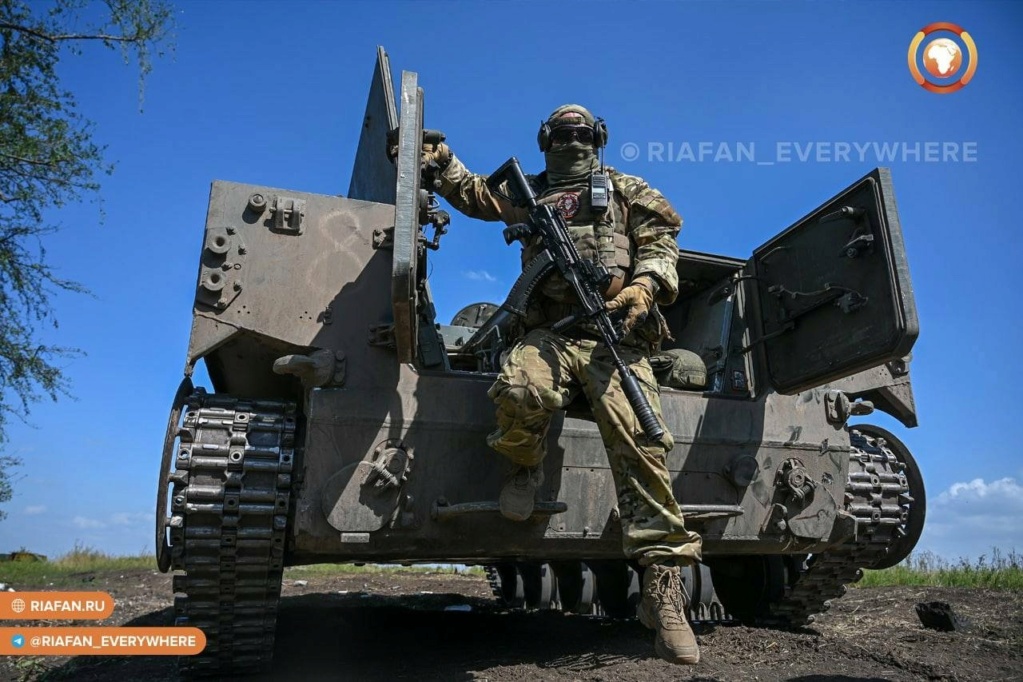Ispan wrote:I got some sleep and since I can't go to bed early it's midnight already, I was inspired to compile my notes during the past weeks and write a report on the big picture on all fronts up to the current enemy offensive in Kherson
https://guerraenucrania.wordpress.com/2022/08/31/noticias-de-la-guerra-31-08-2022-resumen-de-agosto/
Sorry for the delay in translation.
War News 08/31/2022 August summary
31 August, 2022 Zhukov
General situation and operations during the month of August:
Northern Front: Kharkov
The Ukrainian defense is weakened by pulling troops out of the garrison to shore up the Donbass salient. The enemy has been driven from its bridgeheads east of the Oskol River and is no longer trying to threaten the flank of the Izyum salient. In general, the Ukrainians are on the defensive around the city, although it is possible that they will prepare counterattacks to the SE, towards Balakleya.
To understand the importance of Kharkov and the terrain that favors defense, this article
https://topcor.ru/27628-vozdushnye-vorota-v-rossiju-pochemu-tak-vazhno-osvobodit-harkov.html
Kharkov is easier to attack from the south and west, but unfortunately the Russian advance from Volnovakha was stopped on the central front. To avoid an urban battle and civilian casualties, Kharkov should be besieged or its garrison forced to retreat. Despite the Ukrainian defensive success in retaining Kharkov so far, its possession is vital and being always threatened, it is a "sponge" that absorbs many troops in a static defense. So many that they have now become a reserve from which to extract troops and material for other sectors, which has allowed the Russians some advances.
Northern Front: Izyum-Barvenkovo
The front is stabilized due to the obstacle posed by minefields and forest plantations. Exchange of artillery fire and skirmishes between patrols in the forests. However, the existence of this salient and the ever-present threat of encirclement posed to the Donbass salient fixes Ukrainian troops that cannot be used in other sectors, just as it happens to the south of the salient, on the Zaporozhe-Donetsk front
Donbass salient
August ends without major changes, the battle of attrition continues. The front stabilized again after the Donbass salient was cut with the capture of Severodonetsk and the Ukrainians maintain the Seversk-Soledar-Artemovsk (Bakhmut) line losing ground at some points and counterattacking again and again to maintain the current line. A pattern that is being very expensive for the defender given the incessant hammering of the Russian artillery. Only the lack of infantry to consolidate the advances has prevented a rupture of the front. See the article at the end about the problems that Russian attackers have.
In the Donetsk sector, two front-line strongholds have fallen - Peski and Marinka, which were stormed on July 31.
https://topwar.ru/199754-soobschaetsja-o-vzjatii-vs-rf-i-nm-dnr-pozicij-na-juzhnoj-okraine-avdeevki-gde-protivnikom-te-oborudovalis-s-2014-15-godov.html
The advance on Peski was very slow, tens of meters per day, but the casualties of the attacker were minimal. For Ukrainians Peski has been a "meat grinder", as the propagandist Yuri Butusov acknowledged, in a widely cited article and published on other sites
https://t.me/censor_net/15014)
Another sample example, in attempts to send reinforcements to the positions for three days, out of 600 men only 80 managed to break through the Russian fire curtain.
https://topwar.ru/199867-iz-600-perebrasyvaemyh-k-peskam-i-avdeevke-mobilizovannyh-vsu-pod-udarami-vs-rf-do-mesta-dobralis-ne-bolee-80.html
Despite this setback, the enemy continues to resist at the airport, where the tunnels under the runway form an impregnable shelter, although in recent days it has pressed against the ruins of Opitnoe, a key position on its flank. The airport will fall when the positions on its flanks are taken.
As for Marinka, it seems that this time control of the ruins has been consolidated beyond the fateful rubble hill, the dominant height, although the Ukrainians are clinging to the positions in the far west.
The goal was to move the Ukrainian artillery that continues with its terrorist bombings away from civilians. The latest infamy was the shelling of the city of Donetsk with "Petal" antipersonnel mines to kill and maim civilians, especially children who can pick them up out of curiosity in parks, and the bombing of a hospital
Avdeyevka's situation is becoming more and more precarious. The Ukrainian command estimates that it could fall in three weeks.
The seizure of these impregnable positions was facilitated by the transfer of artillery to the southern front for the offensive attempts against Kherson, and because in the course of the war the Russians are improving their urban combat tactics, despite the limitations on the use of firepower to avoid casualties among civilians employed as human shields and hostages.
https://antimaydan.info/2022/08/the_economist_yanki_priznalis_chto_v_gorodah_oni_vouut_namnogo_huzh.html
To prevent the collapse of the Donetsk front, the Ukrainian command had to bring back the artillery sent to the southern front and reinforcements from Kharkov. It was described in this August 11 forecast
https://antimaydan.info/2022/08/v_avguste_proizojdut_reshaushie_sobytiya_na_rossijsko_ukrainskom_fronte.html
"By Saturday (August 6), the Ukrainian command realized the threat of a complete rupture of the Marinka – Avdiivka defense line and returned the artillery batteries to the combat area, adding additional forces to them, and also transferred at least two tactical groups of battalions here to hold the front. Once again, the Ukrainian cannons thundered loudly, sparing no shells. This allowed the Ukrainian army to cling to the edge of Peski (dislodged after another week of fighting), the area of high-rise buildings (recall, on crowded ground the apartment blocks are both the dominant heights and fortresses), and to stop the militia advance on Marinka. But the offensive of the allied forces continues, and this breaks the Ukrainian plans for a counterattack, as it continuously drains the forces of the group gathered to stop the Russian offensive and forces the Ukrainian command to think about the possibility of losing reserves in case of an unsuccessful offensive.»
Central Front: Zaporozhe-Donetsk
No news, except that in recent days, setbacks on other fronts, and the effects of accumulated attrition have allowed the Allied forces to liberate three villages, and the capture of Marinka now threatens Ugledar, the key position at the eastern end of the line.
The highlight on this front is the Ukrainian attempts to attack the Zaporozhe nuclear power plant, to generate headlines and attract the attention of the Western world. It is a form of nuclear blackmail, it is sought that the Russians return the power plant to Ukraine or at least that it continues to provide electricity to the grid. Without the central, the economy of Ukraine collapses.
About the central, I recommend reading the comrades of Slavyangrad.es
https://slavyangrad.es/2022/08/29/zaporozhie-y-la-crisis-energetica/
Southern Front: Kherson
During the month of August, the Ukrainian offensive attempts have been repeated, poorly prepared and carried out with insufficient means and a botched tactical execution. Also, dozens of American HIMARS rockets have been wasted in bombings against the Antonovsky Bridge in Kherson, and other civilian targets. Despite the damage, and the time it takes to repair them, the bridge is still intact after 30 attacks and the only effect is to disrupt civilian traffic. Military equipment passes over the railway bridge which is intact.
The article mentioned above indicated that a Ukrainian offensive to be a serious threat, or at least force the Russians to pawn reserves to stop it, would require the following troops
https://antimaydan.info/2022/08/v_avguste_proizojdut_reshaushie_sobytiya_na_rossijsko_ukrainskom_fronte.html
Various estimates give the number of groups prepared for a counteroffensive - from four to six brigades, of which at least two are tank brigades. About 12-15 thousand men and up to 120 tanks. They include battered brigades reconstituted with replacements, as well as new battalions with troops instructed by advisers from Poland and Britain. There is also the appearance on the front of units formed by Polish mercenaries.This reserve allows you to prepare a counterattack that requires tactical surprise to succeed. Until the last moment, these forces should be dispersed as much as possible and camouflaged away from the front line, so that at the X hour they can gather and join the battle from the march, until the Russian intelligence discovers them. It is possible that disinformation is deliberately used for this purpose: talk about "shortage of artillery grenades", panic states and the inability of the Armed Forces of Ukraine to strike in the near future.
(note: in view of the losses suffered, it was foolish that the Ukrainian army could feign weakness in order to mask its strength and achieve surprise, "What you see is what there is", it was clear that the Ukrainian army was not capable of any serious offensive as described by the author)
At the same time, in order that with such a proportion of troops..., the Armed Forces of Ukraine need to repeat what our army and its allies have been successfully doing in recent weeks - a powerful artillery offensive.
In this regard, it is possible that the artillery units were withdrawn from their positions (even from such important sections of the front as Peski and Avdeyevka) and transferred to another section of the front.
If we calculate the available artillery of the Armed Forces of Ukraine, then it is quite possible to concentrate up to 150-200 guns and rocket launchers of the Armed Forces of Ukraine in the strike area....To do this, a thorough reconnaissance of the area of the future attack must be carried out and maximum surprise and concentration of fire damage must be ensured. The offensive capabilities of such a group, depending on the success or failure of the initial stage of the offensive, may persist for 5-7 days.»
Commentary on the Ukrainian offensive in Kherson:
Not enough cannons, tanks and troops were accumulated. The surprise was not achieved, the premature attacks were easily repulsed, so much so that some observers thought that they were mere scoring or distraction attacks and the real offensive would be in the central sector or in Kharkov. The worst thing is that the casualties suffered in these attacks decreased the accumulated reserves for this offensive and reduced the chances of success of subsequent attacks. The most powerful attack is the one carried out in these last three days, with an advance of a few kilometers and a couple of villages at the price of losses of 20% of the force employed, or about 2,000 casualties. To pawn the reserves to repeat the attack is a military absurdity that obeys only political motives and consumes troops and material that will be needed later for when the Russians go on the offensive. Today the arrival of Russian reinforcements was observed in broad daylight over the Crimean bridge, a military train loaded with armor and artillery, including the fearsome Tyulpan superheavy mortars, to demolish fortifications and buildings.
On August 2, Zelensky's adviser Arestovich declared that the Russians had 30 battalion tactical groups on the southern front. It is possible that this is an exaggeration, that would mean about 30 thousand men, or a third of the Russian forces. It is also true that for months Russian columns have not stopped passing on their way to the front through Crimea, and there is no indication that it was a mere distraction and they have turned back or have gone to the central front. Also that the front line is extensive and the Russian positions are a picket line or outposts, which retreat before a Ukrainian attack and leave to artillery and aviation the mission of destroying the Ukrainians when they advance in the open field, in a similar way to what happened on the Kharkov front. The courage and tenacity displayed by these small units of paratroopers and marines, makes the Ukrainians have orders not to take prisoners, which reinforces the determination of these elite troops, who anyway from the beginning of the "special operation" and the atrocities perpetrated against the Russian captives already know well what awaits them. On the other side, for whatever reasons, few Ukrainians surrender, which makes these fighting very bloody.
Summaries of the fighting from August 30 to 31:
In Spanish
https://slavyangrad.es/2022/08/30/el-frente-sur/
https://slavyangrad.es/2022/08/31/25396/
In Russian
https://colonelcassad.livejournal.com/7832183.html
https://colonelcassad.livejournal.com/7833585.html
Problems of the Russian offensive:
The prolongation of the phase of the positional war with hardly any territorial gains has aroused multiple criticisms among Russian pessimists and gives a false sense of stagnation in which Russia cannot continue advancing, although even the most obtuse and mendacious Western propagandists recognize the obvious, that Ukraine also cannot counterattack and recover territory.
That said, the success of the battle of attrition is not measured in conquered territory but in damage and casualties caused to the enemy, and it is evident that the Ukrainians are constantly being crushed by Russian material superiority, with very few casualties for the Russian side.
However, the stabilization of the front is due not only to a Russian desire to go "slowly but surely", but also to the lack of troops, exhaustion of the Donetsk and Luhansk militias, the need for new tactics and weapons, mistakes made and the difficulty of breaking an entrenched front. This article explains some of the problems that Russians have:
The Allied Forces have taken Rubezhnoye (for the tenth time)-Part II.
I once wrote about the confusion over the names of the peoples in the war in Ukraine. Simply due to the fact that there are several villages with the same name in Ukraine (and often also in Russia, Kazakhstan and other parts of the former Soviet Union), there is often confusion, including about which population has been taken and when. This publication continues to try to untangle the knots of confusion, this time from the point of view of military reports.
It is not uncommon in this conflict to hear claims that a particular village has been taken, and then taken again, and then again, and then finally taken, and then definitely liberated, and so on until the front line finally moves away from the population no longer appears in the situation reports. Believe it or not, most likely all of these reports are true:
1) The Allied Forces clearly have insufficient troops on the ground. However, they are usually very successful against a much more numerous enemy.
2) What often happens is that there is no backing to reinforce positions after they are taken. Moreover, the Ukrainians have troops like flies (for comparison), and they can throw battalion after battalion to their death in a meat grinder. I had translated a post from Kotenok that touched on this situation in the past: https://t.me/Slavyangrad/1938 .
"They told me a story about how an assault group [Gleb Bazov - another unit, not Khodakovsky's] comes in, dislodges the Ukrainians, collects trophies, gets into position, and then reports to the command: "The position has been taken, we are leaving."- "Yes, yes, you will be replaced."They leave the post and no one comes to replace them! Ukrainians return and occupy a new position! A perfect example of how we don't have enough riflemen.
3) Russian assault units break through the Ukrainian lines, take a position, report that they have taken it and are ready to return to recover. They are given the green light. However, no one is sent to take his place, because there is no one to send. And the Ukrainians send their cannon fodder and settle in already shattered positions.
4) Alternatively, the Allied Forces take a position, settle in, but the Ukrainians launch a mass attack on the defending reserve units that replaced the assault units and force them to retreat.
5) In the end, the same thing happens with the new Ukrainian cannon fodder as with the previous ones: Russian artillery, rockets and air force raze them to the ground, and Russia retakes the positions (and then it can again cede them, sometimes several times, sometimes, as in Seversk, incessantly, until someone smarter realizes what is happening and says to stop the assault until we can deal with the dominant heights outside the city).
6) Therefore, if you hear news that a site has been taken, most likely it has been and, ultimately, it will be released, and, therefore, there is no mistake there. This is a war, and a war with insufficient personnel (on the part of the Allies), so this alternation of tactical advances and setbacks happens continuously. However, the strategic objective is clear. The population will eventually fall under Russian control. It's just a matter of time, even for Seversk.
7) For example, Vershina was already taken last month (July), but only now it is fully confirmed. Ugledar was captured several times in March-April. Even Sumy was under Russian control for some time. And so on, and so on. Strelkov says that this is so because this war, in the end, is a civil war. There is some truth to this, although your reason for stating this is ultimately false.

The only way to know for sure that a conquest is confirmed is to observe how it disappears from the situation reports of the front. Once it is no longer news after news of their liberation, that people already counts as liberated.
9) I, and my comrades in Slavyangrad, will continue to report on this war as the sources we trust convey it to us.

Telegram (https://t.me/Slavyangrad/1938 )



 ALAMO
ALAMO
